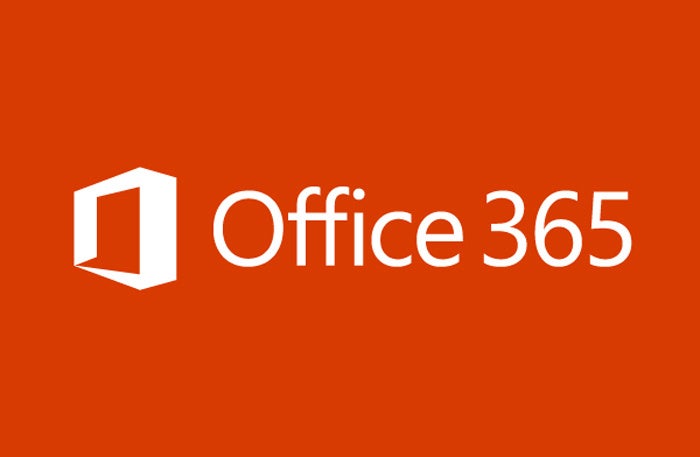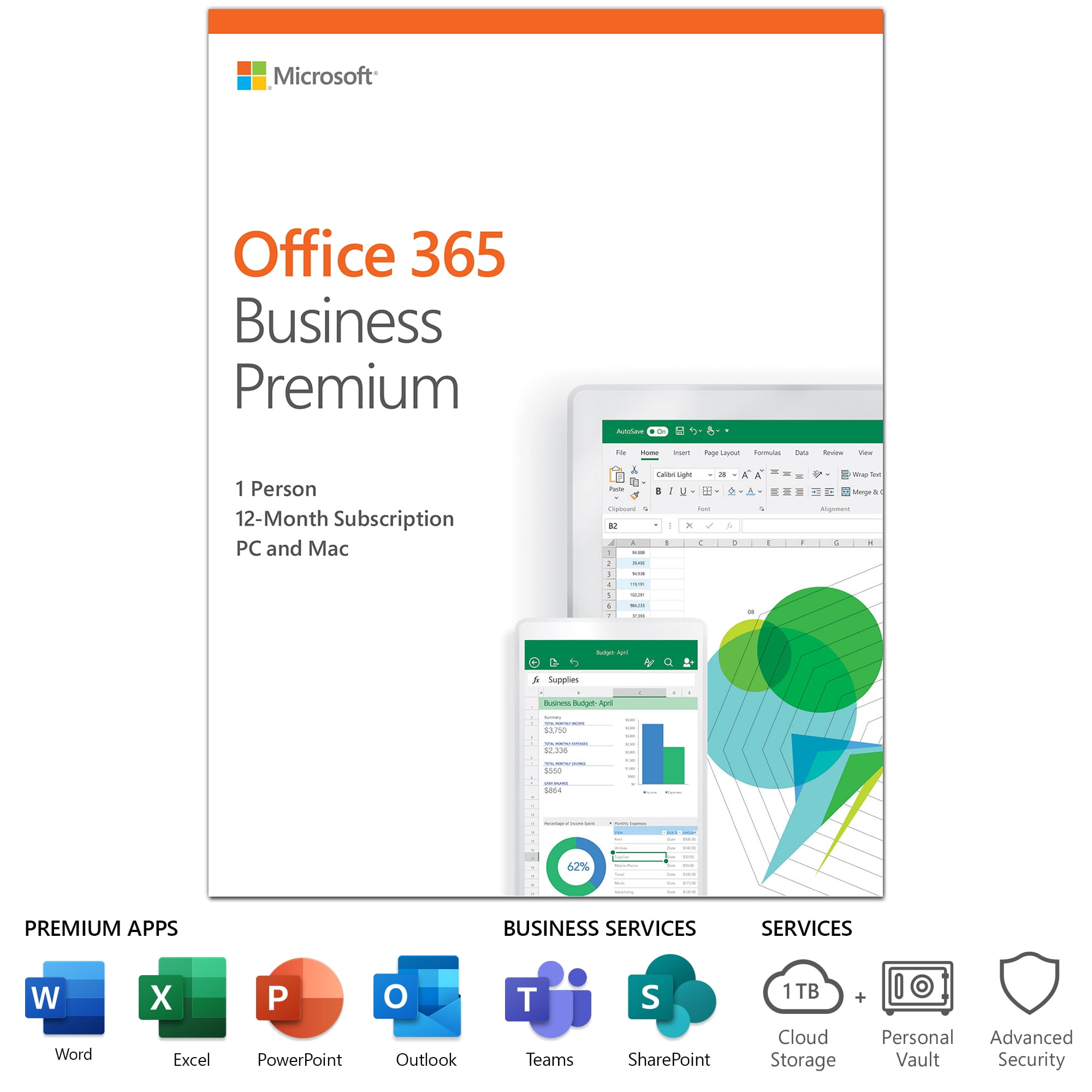
However, if you move up to the Google Workspace ‘Business Standard’ or ‘Business Plus’ plans, you’ll find that Google starts getting more competitive. (To add insult to injury, Google also counts emails as taking up space in this 30GB limit.)

If we’re talking entry-level plans, then Microsoft 365 is a clear winner here: you get a generous 1TB of storage with the ‘Business Basic’ plan, which compares very positively to Google’s rather paltry 30GB on its ‘Business Starter’ plan. Microsoft 365 vs Google Workspace: the features File storage To get that, you need to focus on features - so let’s drill down into these. You can only avail of a fully functional version of Microsoft Stream - its video collaboration service - on the Enterprise plans.Īs you can probably see by now, although it’s helpful get an idea of the pricing of both Microsoft 365 and Google Workspace, there are so many different plans available that a pricing comparison is not going to give you the clearest answer on which of these tools is best for you.Not all of the 365 plans provide users with an email account - if you want to use Microsoft 365 as your email service provider, you’ll need to avoid the Business and Enterprise ‘Microsoft 365 Apps’ plans and the Enterprise E1 plan.Not all plans provide you with with installable versions of the Microsoft Office product suite (Word, Excel, Powerpoint etc.) - the ‘Business Basic’ plan only gives you access to the mobile and online versions, and the ‘E1’ plan restricts you to using the browser-based version.
Review of office 365 for small business license#
Interestingly however, you can mix and match license types - for example, you could use 300 Business Standard licenses, 300 Business Premium licenses, and 100 Enterprise E3 ones within the same organization.
The Microsoft 365 ‘Business’ plans all limit the maximum number of users to 300 by contrast, you can have an unlimited number of users on the ‘Enterprise’ Microsoft plans. The ‘Microsoft 365 Apps’ plans only provide you with the desktop apps (i.e., the versions of Word, Excel etc. The Business plans all provide 1TB storage per user, but depending on the plan and the number of users involved, the Enterprise ones can give you 5TB. By contrast, all the Google Workspace pricing is based on a per-month basis, which may suit some organisations a bit better - for example, those with regular changes in the number of staff, or those using contractors. Each 365 ‘Business’ plan comes in a couple of dollars more expensive if you pay monthly, and with the ‘Enterprise’ plans, there’s no option to do so. To get the best value out of Microsoft 365, you need to pay annually. The Microsoft ‘Business’ plans are aimed at small or new businesses and are priced accordingly. These are as follows: Small business / SMEs This means there’s a lot of flexibility - but it’s rather confusing trawling through all the plans to work out which one is best suited to your requirements.įor the purposes of this review, I’m going to focus on the Microsoft 365 plans which are geared towards small business and enterprise users. The pricing options for Microsoft 365 are considerably more complicated, because there are home, business, enterprise, government, non-profit and education versions available - and within these, a lot of sub-versions! Now, let’s take a look at Microsoft 365 pricing. This is a ‘no-code’ tool that aims to let you build mobile and web apps without coding.  App creation - if you’re on the ‘Enterprise’ plan, you get access to Google’s ‘Appsheet’ tool.
App creation - if you’re on the ‘Enterprise’ plan, you get access to Google’s ‘Appsheet’ tool. 
This functionality makes it easier to locate files within an organisation’s Google Workspace storage.
Searching features - all plans except the ‘Business Starter’ plan give you access to a ‘smart search’ tool called Google Cloud search. These include ‘Vault’, a tool for retaining and searching your users’ data, and endpoint management, which gives you more control over how users can access Google Workspace features and data across different devices. Security features - on the ‘Business Plus’ and ‘Enterprise’ plans you get significantly more security features. Video calls - you can have 100 participants on a call using the ‘Business Starter’ plan, 150 with ‘Business Standard’ and 250 with ‘Business Plus’ and ‘Enterprise.’ (It’s important to note that the ‘Business Starter’ plan doesn’t facilitate the recording of video conference calls.). 
Storage - this is limited to just 30GB per user on the ‘Business Starter’ plan by contrast the ‘Business Standard’, ‘Business Plus’ and ‘Enterprise’ plans give you 2TB, 5TB and unlimited storage respectively per user.








 0 kommentar(er)
0 kommentar(er)
